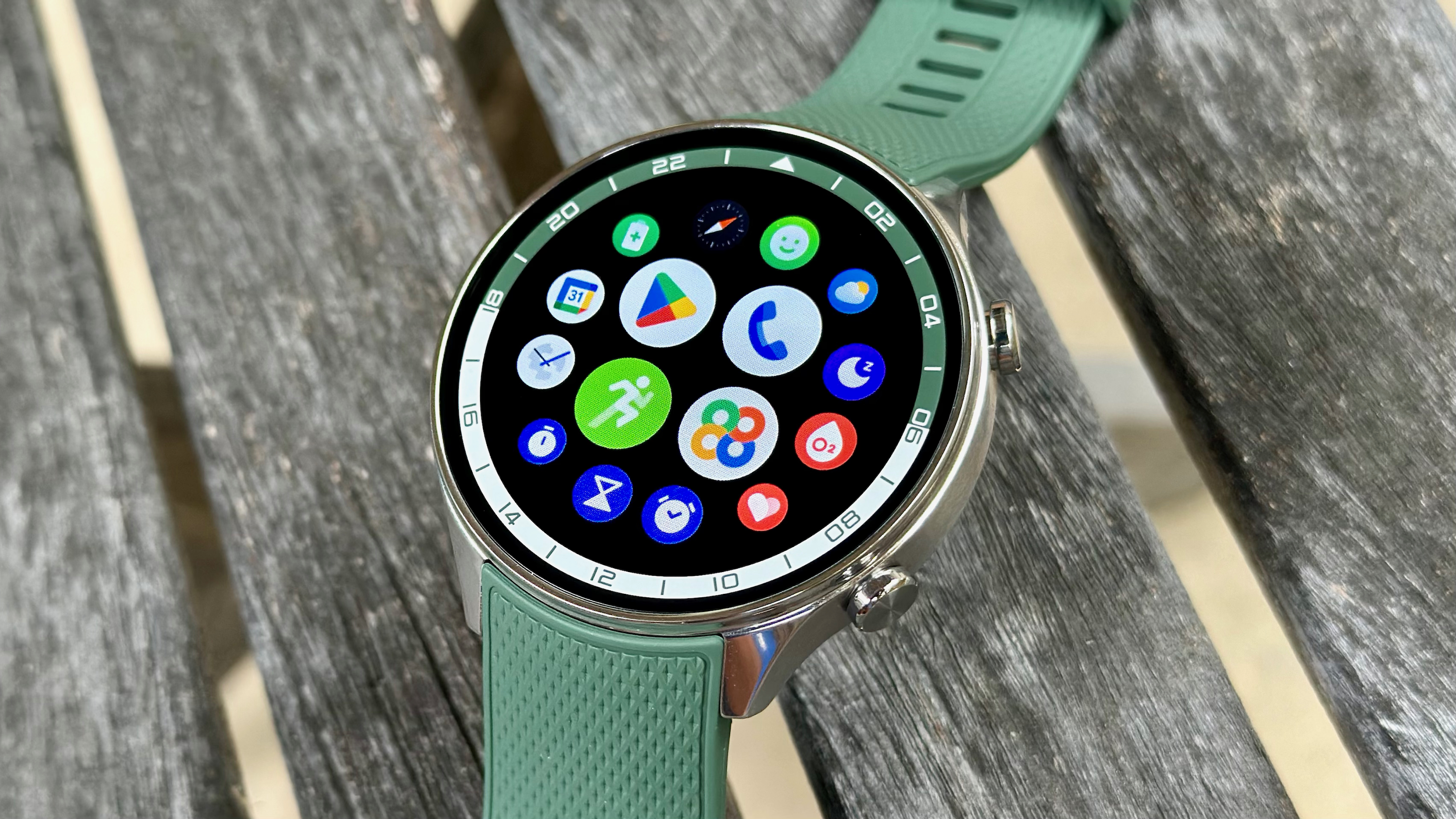Best Garmin Forerunner: choosing the right watch for each runner
From the top-end Forerunner 970 to the baseline Forerunner 55, we broke down every feature and hardware difference among Garmin's best running watches.
Garmin Forerunner watches have earned their reputation as premium, long-lasting companions for both serious and casual runners. Couch-to-5K joggers or lapsed runners with New Year's resolutions may want a new Forerunner 970 or 570 to motivate them, but given how expensive they are, you may want to find a more affordable option. That's where I come in!
I've reviewed or tested the Forerunner 165, 245, 255, 265, 945 LTE, 955, 965, and 970, along with several other Garmin sub-brands like Venu, Instinct, and Fenix. I can point you toward the specific models that'll suit you best, as well as share the best running and training tools you need — and which Forerunners have them.
Since older Garmin Forerunners are still available — and often get discounted during holiday deal events — I created this guide to break down the upsides and downsides of each recent model, and what criteria to use when choosing the best Forerunner for you.
Picking the best Garmin Forerunner watch for every type of runner
Why you can trust Android Central
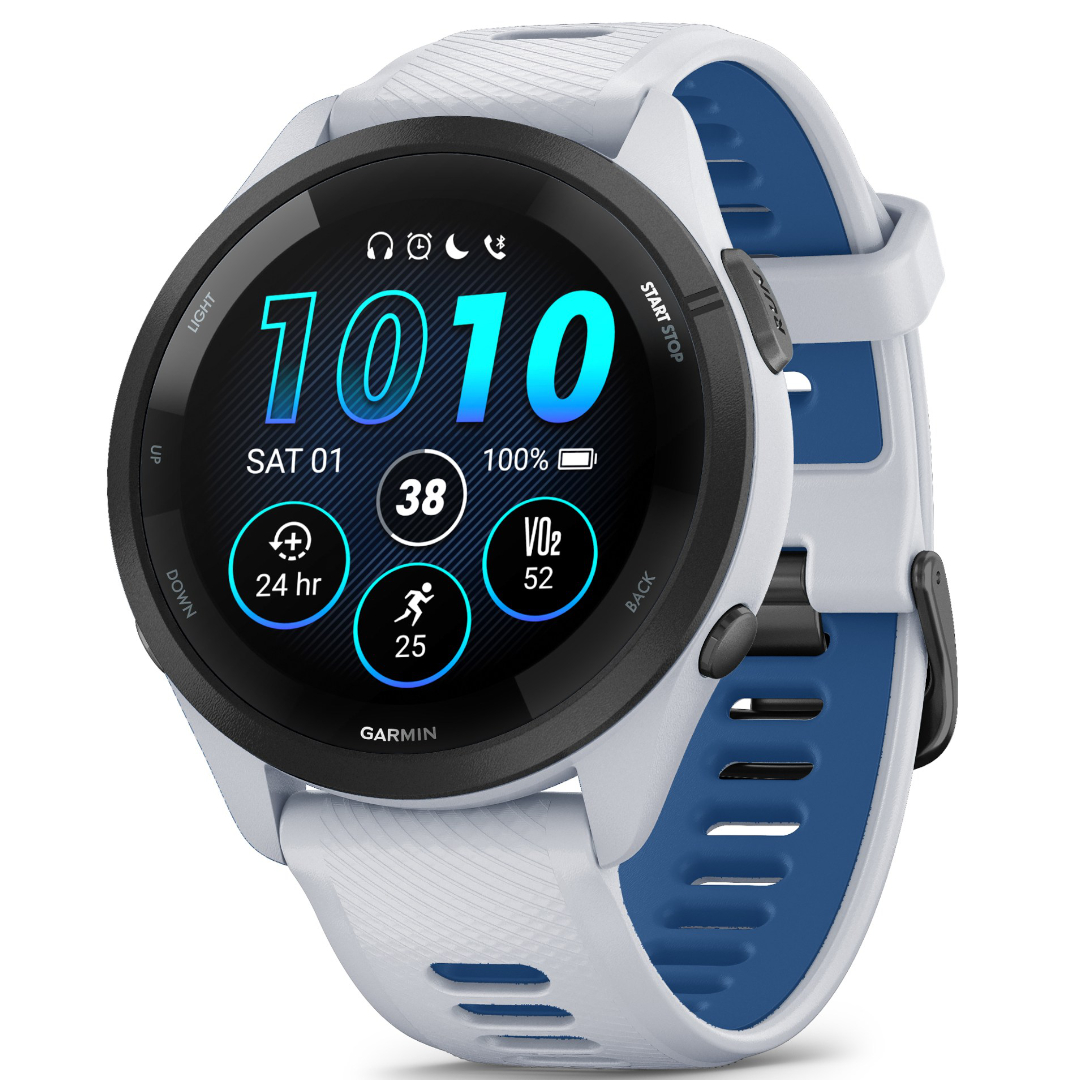
Best balanced pick
If you're new to Garmin or upgrading from a much older model, the 13-day Forerunner 265 is the first watch I'd point you to, even though it's two years old. Other models are better, but for hundreds more, and mostly adding bells and whistles. It's the 265 that gives you the modern essentials that older Forerunners lacked: an altimeter for elevation tracking, dual-band GPS, wrist-based running form analysis, multisport workouts, Training Load focus and Acute Load, Training Readiness with HRV Status, and an AMOLED touchscreen for better readability outside of workouts.
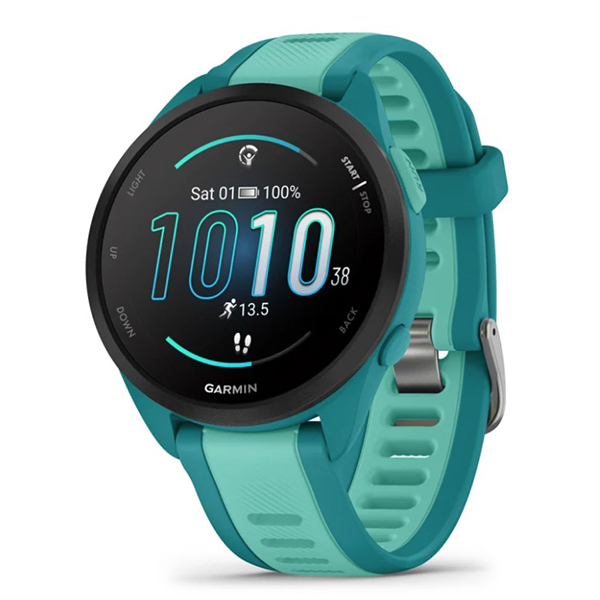
Best affordable pick
The Forerunner 265 is still relatively expensive, with features that are nice to have but might be superfluous to your workout plan. The 11-day Forerunner 165 is a fantastic compromise option: Its all-systems GNSS is still highly accurate, paired with an altimeter, its AMOLED display puts the Forerunner 55's dull MIP to shame, and you get daily run suggestions based on your training load split and readiness — even if Garmin blocks you from seeing these stats on the 165. It's best suited for self-guided runners, or those willing to follow Garmin Coaching without needing to peek behind the curtain.

Best premium pick
The watch I'm currently using and loving for marathon training, the expensive, 15-day Forerunner 970 took the premium 965 template and added doubled display brightness, a flashlight, ECGs, sapphire glass, and a mic & speaker — mostly quality-of-life features. But it goes beyond other Forerunners' focus on cardiovascular recovery with running tolerance, a biomechanical metric focusing on the impact load of miles on your body. You also get a newer-generation HR sensor for better accuracy and some high-end features that only the 9XX Forerunners get, like Strava Live Segments and offline maps.
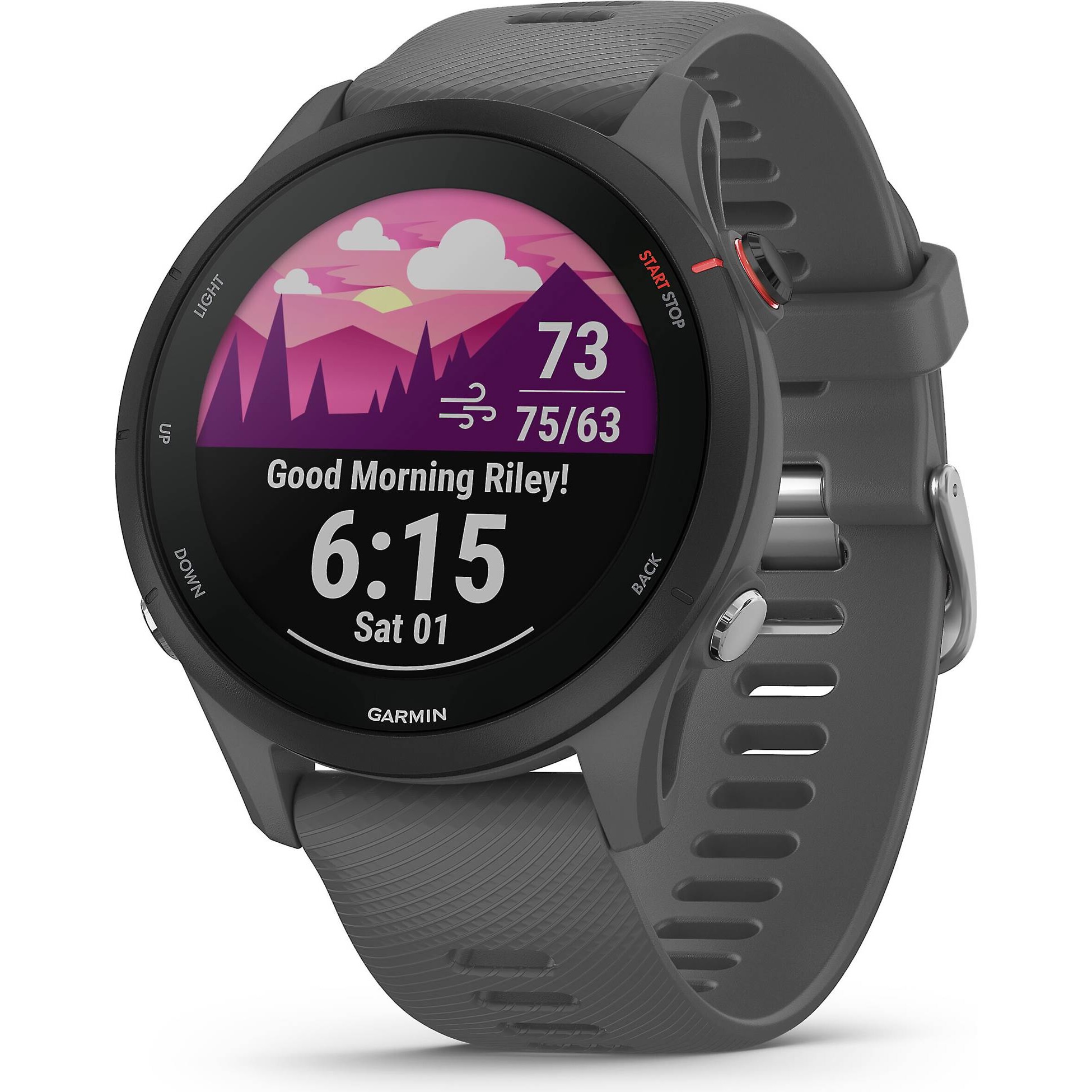
For frugal MIP fans
The 14-day Forerunner 255 Music and 13-day 265 are almost the exact same watch, except that the 255 uses MIP display tech that's designed to be easily readable outdoors and always on indoors. Unless you need training readiness, the Forerunner 255 gives you the same essentials, like daily training suggestions for running, cycling, or strength training, tracked by the same sensors and multi-band GPS. It's frequently discounted, and you can save more if you don't need music storage. Basically, this is the right choice if you want the stats of a 265, closer to the price of a 165.
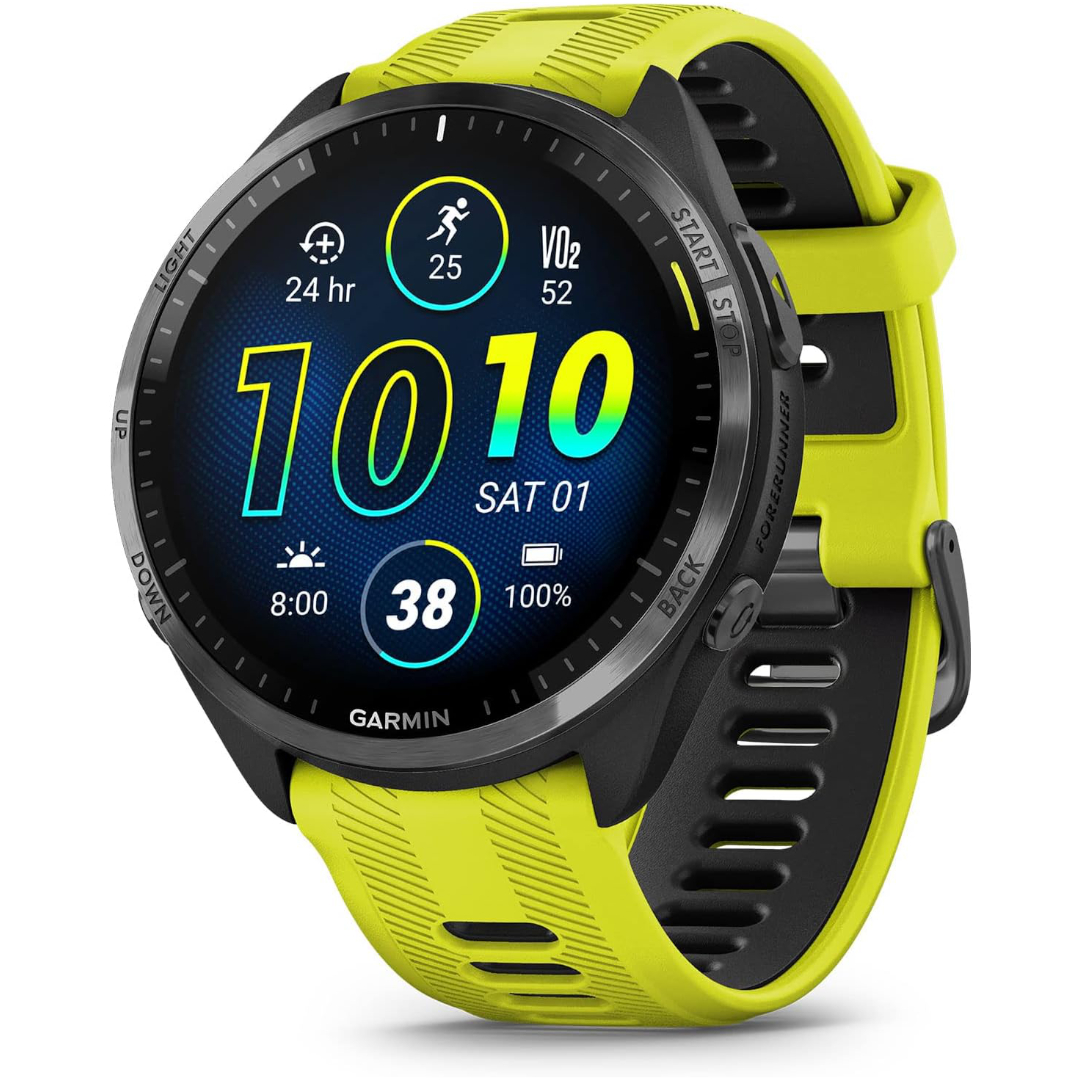
For serious runners
I switched from the Forerunner 965 to the 970, but if Garmin hadn't sent it for review, I'd never have upgraded. The 965 was my daily running watch for almost two years, a fantastic device with the best battery life (up to 23 days) in the Forerunner lineup despite its AMOLED display. Without the 970's modern upgrades, it's "just" a running watch, but it blows the 265 away with advanced metrics (Hill & Endurance scores, real-time stamina), topographic maps, and a larger display that's less reflective. It's still fairly expensive, but it's a compelling alternative to the newer 570, especially when it goes on sale.
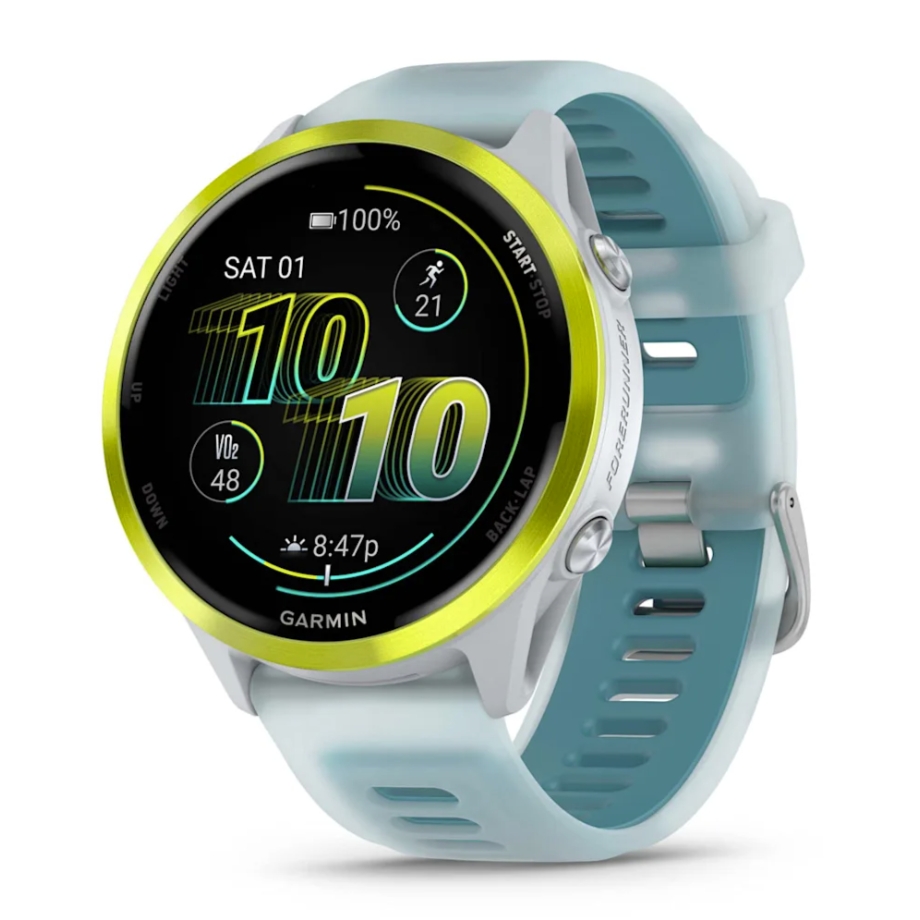
Modern mid-ranger
The 11-day Forerunner 570 is an odd choice, in that Garmin made it $100 pricier than the 265 but mostly gave it new smarts and hardware upgrades, still restricting certain running features that you'd get on the 965 for $50 more. You're paying for the 2,000-nit display, mic & speaker, newer Elevate sensor, but to prop up the 970, Garmin restricts things like offline maps that you'd expect in this price range. Comparisons to other models aside, though, this is a very good running watch with enough tools and coaching for the majority of runners, if you're willing to pay for it.
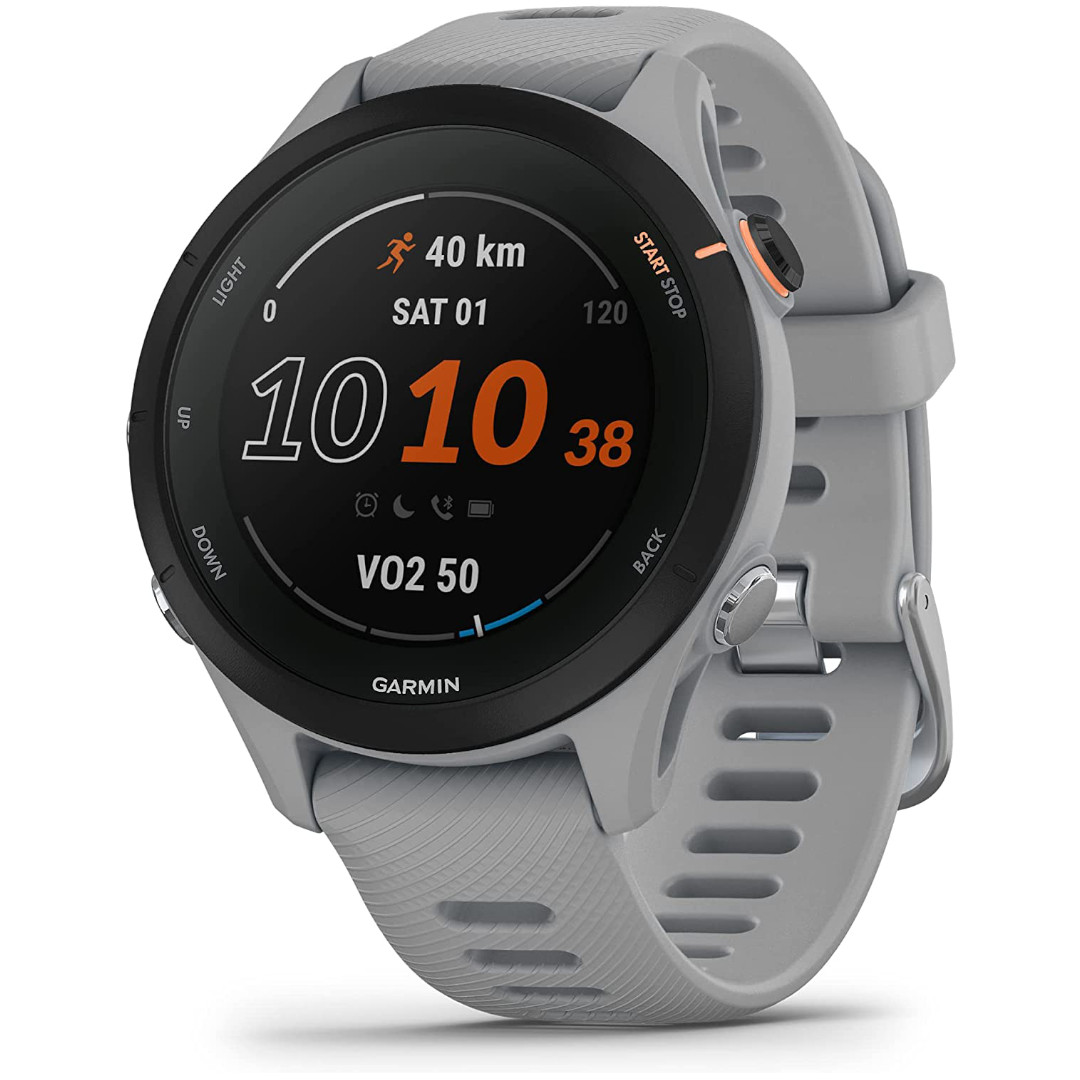
The MIP GOAT
I called the 15-day Garmin Forerunner 955 the "best running watch" when I reviewed it in 2022. My love eventually transferred to the 965, as I prefer AMOLEDs, but for anyone raging against Garmin forsaking MIP displays across its lineup, or who's simply used to the tech on their current Forerunner, the 955 is frequently available at a discount and has nearly every premium trick as its AMOLED successor: 4th-gen sensors, multi-band GPS, full-color maps, real-time stamina, and Endurance/ Hill scores. It's only missing SatIQ mode and Jet Lag advisor.
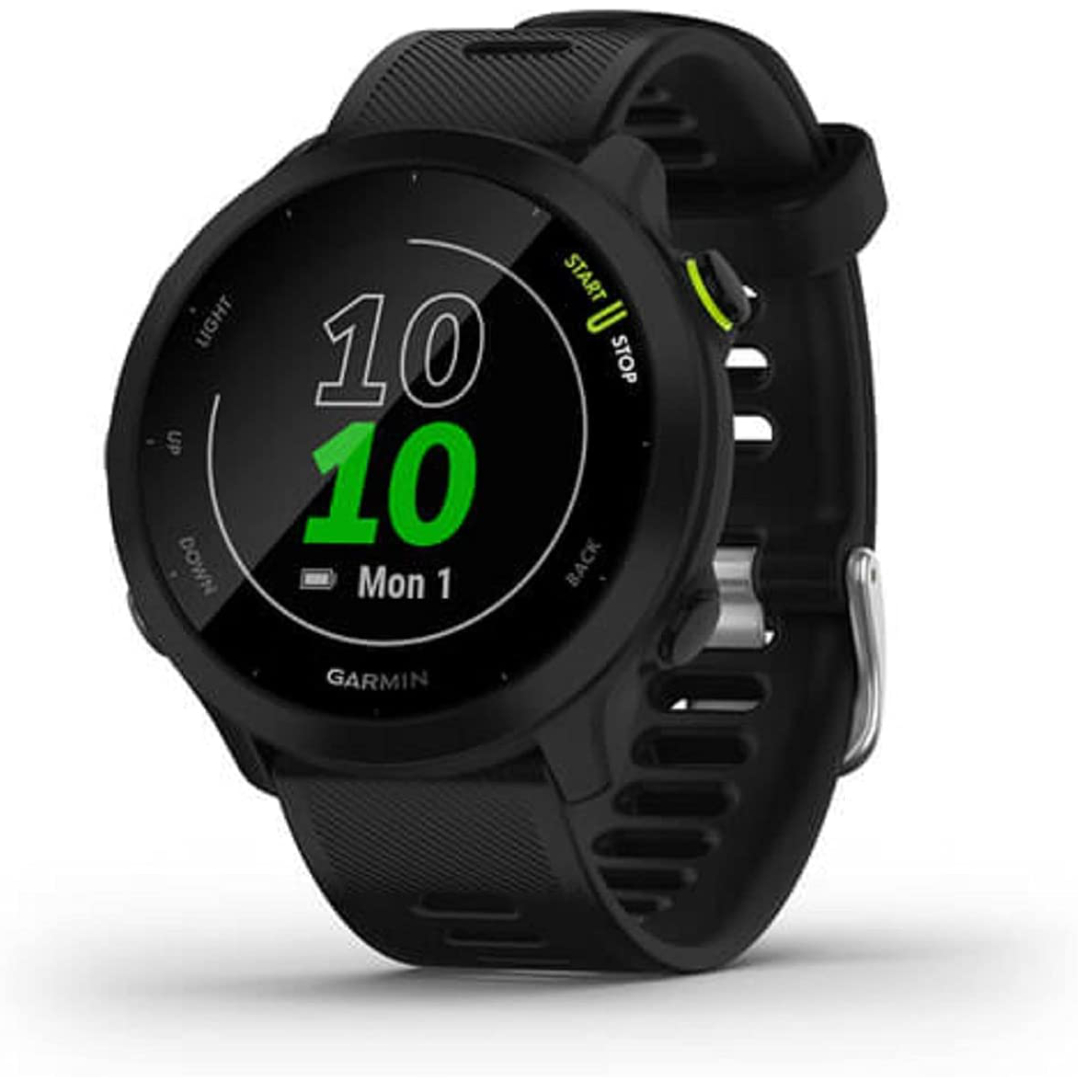
Retro budget option
I'd advise against buying the 14-day Garmin Forerunner 55 anymore. This 2021 budget watch hasn't aged nearly as well as its 2022 siblings, even if it has key features that runners need: built-in GPS, Pacepro, daily run suggestions, and recovery time recs. For starters, you're getting a third-gen Elevate sensor without blood oxygen or HRV, and its GPS-only tracking is more prone to signal blockage. Nor do you get training load, elevation data, breadcrumb navigation, or Garmin Pay. But since it's usually the cheapest Garmin watch available during deal events, it's worth including here for context.
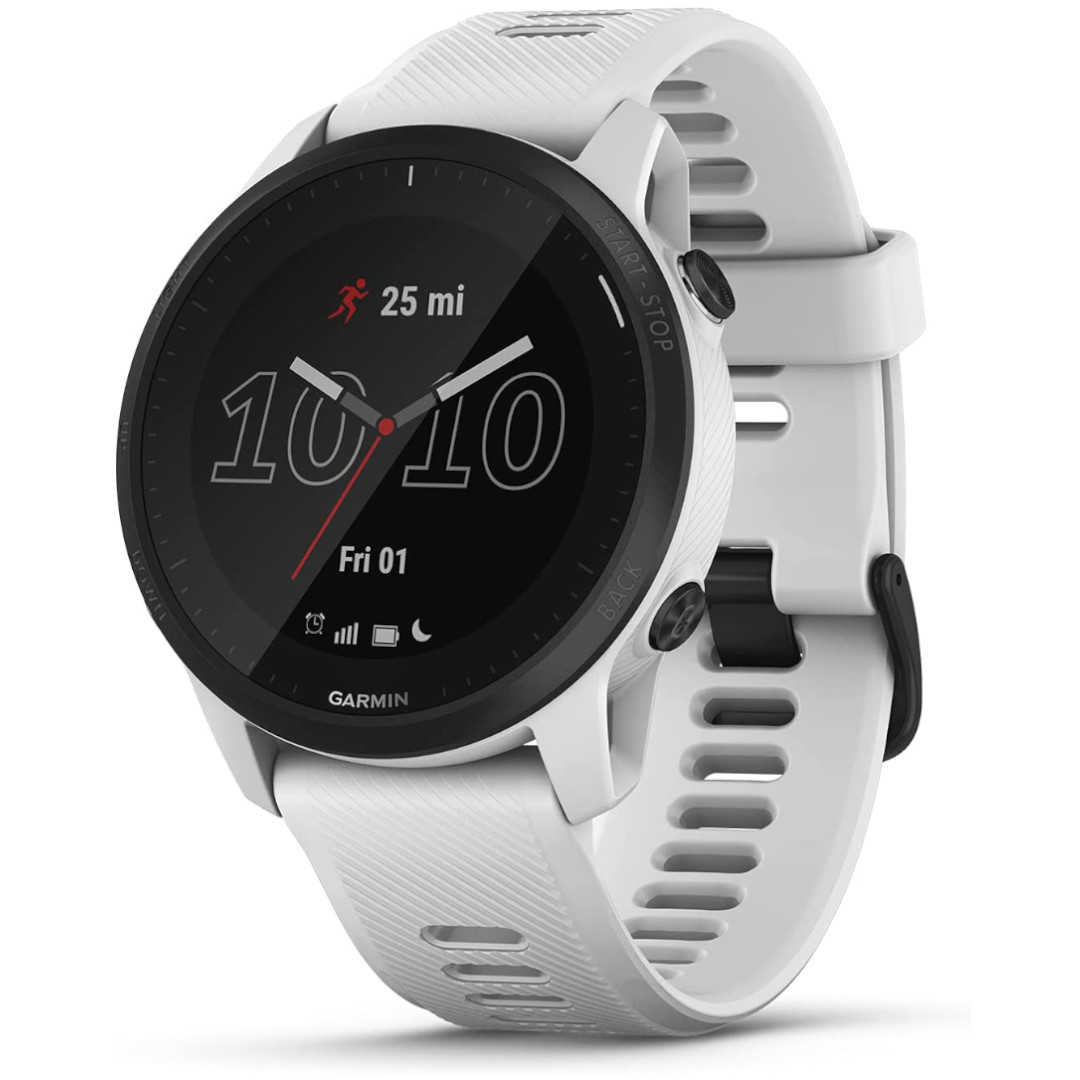
Cellular gimmick
The Forerunner 945 LTE first shipped in mid-2021, and while it's three generations behind, it introduced features that Garmin runners depend on, and received 955 tools like training readiness and status after launch. More importantly, it's one of the few Garmin watches with cellular support for LiveTracking or safety alerts without a phone, if you're not willing to spend $1,300 on a Fenix 8 Pro. Still, this watch is on the tail-end of its lifespan, missing some commonplace features today. It's not "out of date" yet, but I'd only recommend it for that niche LTE use case.
Comparing Garmin Forerunner hardware, sensors, and features

I don't know your priorities as a runner. Do you need a Garmin watch for suggested workouts, or do you follow your own training plans? Are you coming from an older Forerunner and prefer MIP, or a different smartwatch brand where AMOLED and Bluetooth calling would appeal more? And exactly how much battery life do you really need, enough for hour-long jogs or all-day ultramarathons?
Since I can't answer that, I've broken down all the key stats and features into tables below, so you know whether the watch you're considering has the specific feature you want.
Feature | Which Forerunner watches have it? |
|---|---|
Water resistance | All (5ATM) |
Built-in GPS | All |
All-Systems GNSS/ dual-frequency GPS | 165 (All-systems only), 255, 265, 570, 955, 965, 970 |
SatIQ (Auto-select) GPS mode | 265, 570, 965, 970 |
Altimeter | 165, 255, 265, 570, 645, 745, 945, 955, 965, 970 |
Compass (breadcrumb navigation) | 165, 255, 265, 570, 645, 745, 945, 955, 965, 970 |
Gyroscope | 255, 265, 570, 645, 745, 945, 955, 965, 970 |
AMOLED | 165, 265, 570, 965, 970 |
Touchscreen | 165, 265, 570, 955, 965, 970 |
Wi-Fi | 165 Music, 255 Music, 265, 570, 645 Music, 745, 945, 955, 965, 970 |
Music storage | 165 Music (4GB), 255 Music (4GB), 265 (8GB), 570 (8GB), 645 Music (3.5GB), 745 (4GB), 945 (16GB), 955 (32GB), 965 (32GB), 970 (32GB) |
Garmin Pay | 165, 255, 265, 570, 645, 745, 945, 955, 965, 970 |
Mic & speaker | 570, 970 |
Flashlight | 970 |
Sapphire crystal | 970 |
Cellular support | 945 LTE |
Feature | Which Forerunner watches have it? |
|---|---|
Intensity minutes | All |
VO2 Max | All |
Performance condition | 245, 255, 265, 570, 645, 745, 945, 955, 965, 970 |
Race predictor | 55, 165, 245, 255, 265, 570, 645, 745, 945, 955, 965, 970 |
Daily suggested workouts | 55, 165, 245, 255, 265, 570, 745, 945, 955, 965, 970 |
Garmin Run Coach | 165, 255, 265, 570, 955, 965, 970 |
Garmin Cycling Coach | 255, 265, 570, 955, 965, 970 |
Garmin Strength Coach | 255, 265, 570, 955, 965, 970 |
Garmin Triathlon Coach | 570, 970 |
Recovery time | 55, 165, 245, 255, 265, 570, 645, 745, 945, 955, 965, 970 |
Real-time stamina | 955, 965, 970 |
Multisport | 255, 265, 570, 955, 965, 970 |
Pacepro | 55, 165, 245, 255, 265, 570, 745, 945, 955, 965, 970 |
Wrist-based running dynamics/ power | 165, 255, 265, 570, 945 LTE, 955, 965, 970 |
Training effect/ status / load | 165 (Training Effect only), 245, 255, 265, 570, 645, 745, 945, 955, 965, 970 |
Acute load | 255, 265, 570, 955, 965, 970 |
Training Readiness | 265, 570, 955, 965, 970 |
Endurance / Hill scores | 955, 965, 970 |
Full-color maps | 945, 955, 965, 970 |
Running tolerance | 970 |
Feature | Which Forerunner watches have it? |
|---|---|
Heart rate tracking | All |
HRV Status | 165, 255, 265, 570, 945, 955, 965, 970 |
All-day stress tracking | All except 35 |
Pulse Ox | 165, 245, 255, 265, 570, 745, 945, 955, 965, 970 |
Fitness Age | All except 35 |
Body Battery | 45, 55, 165, 245, 255, 265, 570, 745, 945, 955, 965, 970 |
Sleep score and insights | 165, 255, 265, 570, 745, 945, 955, 965, 970 |
Sleep Coach | 255, 265, 570, 955, 965, 970 |
Nap detection | 165, 255, 265, 570, 955, 965, 970 |
ECG | 970 |
Skin temperature | 570, 970 |
| Header Cell - Column 0 | Smartwatch mode | GPS-only | All-Systems GNSS or SatIQ | All + Multi-band |
|---|---|---|---|---|
Garmin Forerunner 35 | 9 days | 13 hours | 🚫 | 🚫 |
Garmin Forerunner 45 | 7 days | 13 hours | 🚫 | 🚫 |
Garmin Forerunner 55 | 14 days | 20 hours | 🚫 | 🚫 |
Garmin Forerunner 165 | 11 days | 19 hours | 17 hours | 🚫 |
Garmin Forerunner 245 | 7 days | 24 hours | 🚫 | 🚫 |
Garmin Forerunner 255S / 255 | 12 / 14 days | 26 / 30 hours | 20 / 25 hours | 13 / 16 hours |
Garmin Forerunner 265S / 265 | 15 / 13 days | 24 / 20 hours | 18 / 16 hours | 15 / 14 hours |
Garmin Forerunner 570 42mm / 47mm | 10 / 11 days | 18 hours | 14 / 16 hours | 13 / 14 hours |
Garmin Forerunner 645 | 7 days | 14 hours | 🚫 | 🚫 |
Garmin Forerunner 745 | 7 days | 16 hours | 🚫 | 🚫 |
Garmin Forerunner 945 | 14 days | 35 hours | 🚫 | 🚫 |
Garmin Forerunner 955 | 15 days (20 with solar) | 42 hours (49 with solar) | 31 hours (34 with solar) | 22 hours |
Garmin Forerunner 965 | 23 days | 31 hours | 22 hours | 19 hours |
Garmin Forerunner 970 | 15 days | 26 hours | 23 hours | 21 hours |
Which Garmin Forerunner model should you buy?

As you can see, there's no shortage of Garmin Forerunner models from which to pick. Without a doubt, most would fall among the best running watches, though I highlighted the Forerunner 165 and 970 for entry-level and semi-pro runners.
The tables above make it clear why I wouldn't recommend you buy any Forerunner made before 2022: Watches from the 255/ 955 onward have the largest selection of features, both for running and other activities like cycling or hiking.
You can also look at the best Garmin smartwatches across other subbrands. The Venu 4 has the same running features as a Forerunner 570 if you want a watch that's a bit classier to look at, while an Instinct 3 gives you fantastic battery life paired with essentials like training load and daily suggested workouts, while still being more rugged for trail running.
Still not sure where to start? These are the main factors to take into account:
1. Consider the size
Size and weight make a huge different for comfort, especially for marathoners feeling the weight for hours. Forerunners are actually quite light compared to smartwatches, but some are lighter than others.
The Forerunner 35, 45, 55, 165, 255S, and 265S all fall into the 36-39g weight class with a 1- or 1.1-inch display size, with the 1.2-inch 165 or 265S offering the best visibility.
I don't consider the larger Forerunners to be that heavy, but the last four generations of Forerunner flagships have weighed 50g, 52g, 53g, and now 56g on the 970; likewise, the mid-range watches have climbed from 38g (245) to 47g (265) and 50g (570). That upward weight creep could sway you to an older or cheaper model.
Likewise, take a look at each Forerunner watch's thickness. The Forerunner 955 (14.4mm) is significantly beefier than the 255 (12.4mm), for instance. You may want a Forerunner that blends in on your wrist, rather than jutting up too high to fit better hardware.
2. AMOLED or MIP
Garmin used memory-in-pixel displays all these years because they save battery life and are more readable in direct sunlight than your typical AMOLED. But Garmin finally transitioned with the 265 and 965 because its battery tech has improved enough to support better visibility while still lasting a long chunk of time.
The first generation of Forerunner AMOLEDs looked fine, but their colors could be washed out somewhat in bright light. The Forerunner 570 and 970 solve this with doubled brightness, looking fantastic outdoors, but that has an effect on overall battery life.
We've also had some limited reports of people dealing with burn-in on their AMOLED displays, while MIP is less prone to this. Still, because Garmin hasn't made an MIP Forerunner in three years, you'll have to go AMOLED if you want the newest tricks.
3. Battery life concerns
Following up on the last topic, all recent Forerunners have at least 10 days of battery life, but there are distinct battery life differences between the MIP, AMOLED, and brighter AMOLED watches.
Generally, MIP watches are better at idling or with GPS-only tracking, but the difference isn't as significant as you might think unless you need AOD active, where MIP watches win by default.
You can also find AMOLED models that last two weeks, and while the newest models (570 and 970) have shorter capacity because of their default 2,000 nits of brightness, you can lower the brightness in the settings to match older models if you want to stretch out your battery life.
If you're planning to use multi-band GPS tracking or stream music from the watch, the three latest 9XX models have the best longevity, regardless of display type. Battery size is all that matters.
4. Think about the features
The discontinued Forerunner 45/ 245/ 745/ 945 generation was before my time, and I've found that many training features added in the later generation — the 255/955 and 265/965, mainly — are essential to my running training. These features, in particular, are especially useful:
- Recovery time (55, 165, 245, 255, 265, 570, 645, 745, 945, 955, 965, 970)
- Training load ratio (255, 265, 570, 745, 945, 955, 965, 970)
- Elevation tracking (165, 255, 265, 570, 645, 745, 945, 955, 965, 970)
- Dual-frequency or all-systems GNSS tracking (165, 255, 265, 570, 955, 965, 970)
Other more modern tricks from this generation, like wrist-based running form analysis, acute and chronic load, nap detection, HRV-based stress data, and Training Readiness are all nice to have, but maybe you can do without them.
The latest generation, the Forerunner 570 and 970, have focused more on smartwatch hardware than features, with new sensors, flashlights, brighter displays, and so on. Unless you're willing to pay top dollar for the 970 to get impact load/ running tolerance data, you can try the last-generation Forerunners and get the same overall training guidance.
Get the latest news from Android Central, your trusted companion in the world of Android

Michael is Android Central's resident expert on wearables and fitness. Before joining Android Central, he freelanced for years at Techradar, Wareable, Windows Central, and Digital Trends. Channeling his love of running, he established himself as an expert on fitness watches, testing and reviewing models from Garmin, Fitbit, Samsung, Apple, COROS, Polar, Amazfit, Suunto, and more.
- Christine PersaudContributor
- Courtney Lynch
